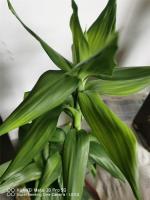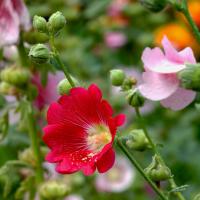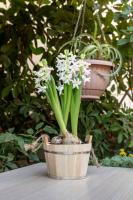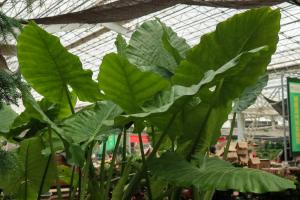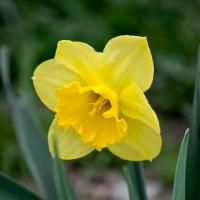When to Plant Tomatoes in Bay Area California
Tomatoes are a popular crop in the Bay Area of California, and for good reason. They are easy to grow and provide delicious fruits for culinary use. However, timing is everything when it comes to planting tomatoes in this region. Here is a guide to help you determine the best time to plant tomatoes in Bay Area California.
Understanding the Bay Area Climate
Before planting tomatoes, it's essential to understand the climate of the Bay Area. The region has a temperate, Mediterranean climate that is characterized by mild winters and warm, dry summers. The temperatures are moderated by the marine layer and coastal breeze, which provide some relief during the hot season. However, the region can experience temperature swings and microclimates, which can affect tomato growth.
Choosing Tomato Varieties
There are numerous varieties of tomatoes available, each with their unique growth patterns and fruiting seasons. It's important to choose a variety that is well-suited to the Bay Area's climate and growing conditions. Some popular varieties that do well in the region include Early Girl, Celebrity, and Better Boy. Choose a variety that is resistant to common diseases such as late blight, verticillium wilt, and fusarium wilt.
When to Plant Tomato Seeds
If you plan to grow tomatoes from seeds, the best time to start is in late winter or early spring, around February or March. Sow the seeds indoors in a warm, well-lit area, and transplant the seedlings into the garden once the soil has warmed up to about 60 degrees Fahrenheit. Be sure to harden off the seedlings first by gradually exposing them to the outdoor conditions over a few days.
When to Plant Tomato Seedlings
For those who prefer to buy tomato seedlings from nurseries, the best time to plant them in the garden is in mid-spring, around April or May, depending on the specific microclimate. The soil should be warm and moist, and the daytime temperatures should steadily be above 60 degrees Fahrenheit. Be sure to follow the transplanting guidelines carefully to avoid damaging the seedlings.
Best Practices for Tomato Growing
Once you've planted your tomato plants, there are several best practices to ensure they grow healthily and yield a bountiful crop. First, provide adequate water, especially during the warm season, and ensure the soil is well-drained to avoid root rot. Second, keep the soil fertilized with nitrogen-rich plant food, such as compost or manure, to promote healthy development. Third, stake or support the tomato plants with cages or trellises to prevent them from touching the ground, which can expose them to disease and pests.
In Conclusion
Growing tomatoes in the Bay Area can be a rewarding experience, but only if you plant them at the right time and follow the best practices. Whether you choose to grow from seeds or seedlings, ensure that you select varieties that are well-suited for the region and follow the specific planting guidelines. With a little effort, you can enjoy a delicious and plentiful tomato harvest in the Bay Area of California.

 how many times do yo...
how many times do yo... how many planted tre...
how many planted tre... how many pine trees ...
how many pine trees ... how many pecan trees...
how many pecan trees... how many plants comp...
how many plants comp... how many plants can ...
how many plants can ... how many plants and ...
how many plants and ... how many pepper plan...
how many pepper plan...